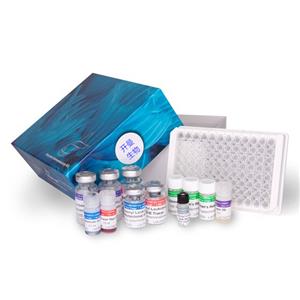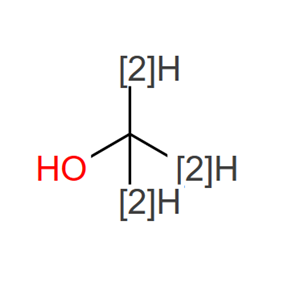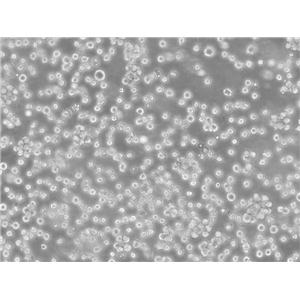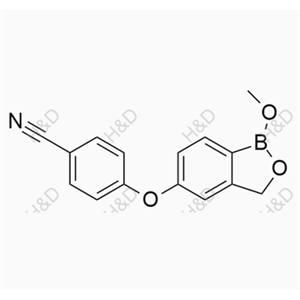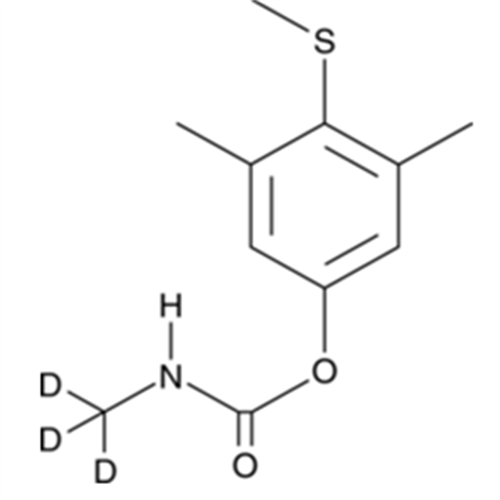产品属性:
产品名称 | 规格 | CAS号 | 型号 |
Methiocarb-d3 | 1 mg | 1581694-94-1 | EY-Y0164828 |
Cas No.1581694-94-1
别名 N/A
化学名 N/A
分子式 C11H12D3NO2S
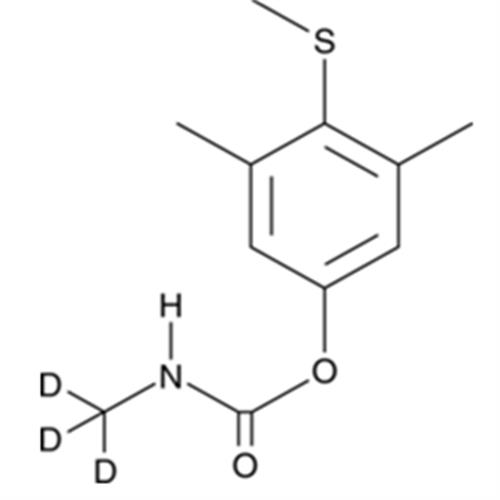
分子量 228.3
溶解度 DMF: 20 mg/ml,DMSO: 20 mg/ml,DMSO:PBS (pH 7.2) (1:1): 0.5 mg/ml,Ethanol: 10 mg/ml
储存条件 Store at -20°C
General tips For obtaining a higher solubility , please warm the tube at 37 ℃ and shake it in the ultrasonic bath for a while.
Shipping Condition Evaluation sample solution : ship with blue ice
All other available size: ship with RT , or blue ice upon request
产品描述:
Methiocarb-d3 is intended for use as an internal standard for the quantification of methiocarb by GC- or LC-MS. Methiocarb is a carbamate pesticide with insecticidal, molluscicidal, acaricidal, and bird repellant properties.1,2,3,4,5 It inhibits acetylcholinesterase (AChE) activity and is toxic to the western flower thrip (F. occidentalis; IC50 = 2.1 μM; LC50 = 3.26 ppm).2 Methiocarb is also toxic to the land snail M. obstructa (LD50 = 27.4 μg/snail) and the citrus mite A. pelekassi, inducing 94% mortality when used at a concentration of 0.5 ppm.1,3 It reduces the seasonal percentages of cotton bolls infested with pink bollworm (P. gossypiella) to 4%, compared with 65% infestation in untreated controls, when applied to cotton fields at a concentration of 1.86 lb/acre.5 Methiocarb reduces damage to grapes by song birds when applied to vineyards at a concentration of 2.5 lbs AI per 100 gal water per acre.4 It is an estrogen receptor α (ERα) and ERβ agonist (EC20s = 19.87 and 20.24 μM, respectively) and an androgen receptor antagonist (IC50 = 13.89 μM) in cell-based reporter assays.6 It is toxic to juvenile rainbow trout (O. mykiss) and guppies (P. reticulata) with LC50 values of 0.8 and 1.48 mg/L, respectively, at 48 hours of exposure.7 Formulations containing methiocarb have been used in the agricultural control of pests.
1.Hussein, H.I., Al-Rajhy, D., El-Shahawi, F.I., et al.Molluscicidal activity of Pergularia tomentosa (L.), methomyl and methiocarb, against land snailsInt. J. Pest Mgt.45(3)211-213(2010) 2.Jensen, S.E.Acetylcholinesterase activity associated with methiocarb resistance in a strain of western flower thrips, Frankliniella occidentalis (Pergande)Pesicide Biochem. Physiol.61(3)191-200(1998) 3.Reed, D.K., Crittenden, C.R., and Lyon, D.J.Acaricides screened against two rust mites of citrusJ. Econ. Entomol.60(3)668-671(1967) 4.Kassa, H., and Jackson, W.B.Mesurol as a bird repellent on grapes in OhioBird Control Seminars Proceedings(1979) 5.McGarr, R.L., Chapman, A.J., and Martin, D.F.Field tests with several insecticides for control of the pink bollworm, boll weevil, and bollwormJ. Econ. Entomol58(4)693-694(1965) 6.Tange, S., Fujimoto, N., Uramaru, N., et al.In vitro metabolism of methiocarb and carbaryl in rats, and its effect on their estrogenic and antiandrogenic activitiesEnviron. Toxicol. Pharmacol.41289-297(2016) 7.Boran, M., Altinok, I., and Capkin, E.Acute toxicity of carbaryl, methiocarb, and carbosulfan to the rainbow trout (Oncorhynchus mykiss) and guppy (Poecilia reticulata)Turk. J. Vet. Animal Sci.31(1)39-45(2007)
